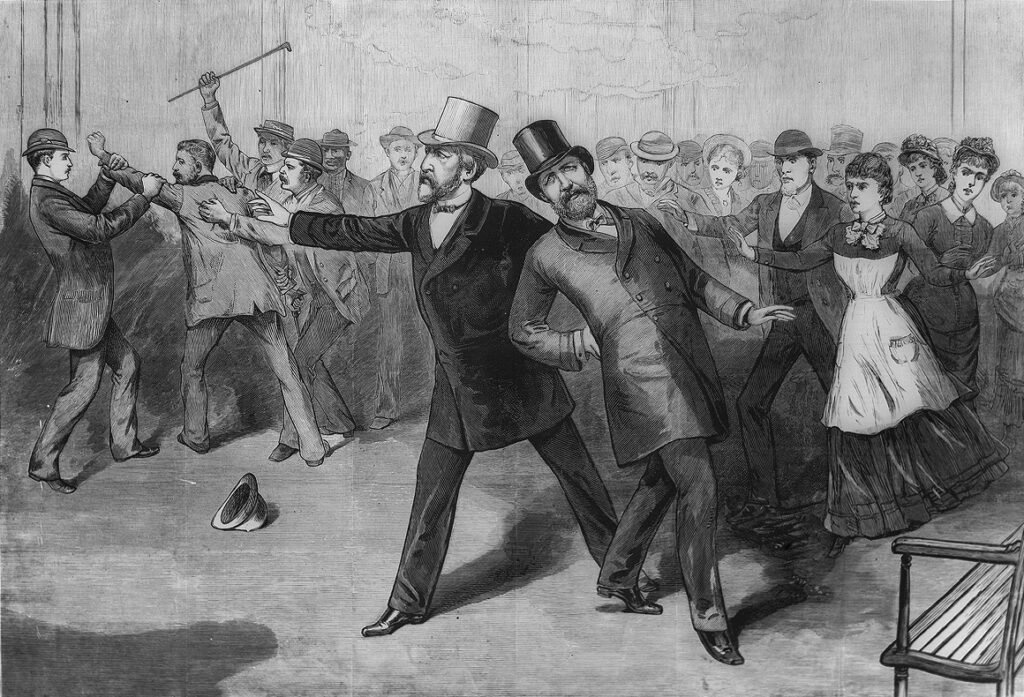
Throughout the history of the United States, four presidents have fallen victim to assassination attempts that shook the nation to its core. The assassinations of Abraham Lincoln, James A. Garfield, William McKinley, and John F. Kennedy continue to resonate in American memory, serving as reminders of the fragility of leadership and the impact such events can have on the country’s trajectory. In this article, we will delve into the details of each assassination, including the date and place they occurred, the individuals responsible, the repercussions they had on the nation, what we have learned from these tragic events, and the attempted assassinations that further highlight the need for enhanced presidential protection.
Abraham Lincoln:
Date: April 14, 1865
Place: Ford’s Theatre in Washington D.C.
Assailant: John Wilkes Booth
On April 14, 1865, President Abraham Lincoln attended a performance at Ford’s Theatre where he was shot by actor John Wilkes Booth. Lincoln’s assassination was part of a larger plot aiming to destabilize the federal government after the Civil War. This devastating event had a profound impact on the nation, occurring during a period of great uncertainty. It marked the first assassination of a sitting president and led to a significant shift in the country’s political landscape. Lincoln’s death intensified efforts towards reconstruction and the protection of civil rights for African Americans.
James A. Garfield:
Date: July 2, 1881
Place: Washington D.C.
Assailant: Charles J. Guiteau
On July 2, 1881, President James A. Garfield fell victim to an assassination attempt at a railway station in Washington D.C. Charles J. Guiteau, a disgruntled office-seeker, shot Garfield in the back. Despite receiving medical attention, Garfield succumbed to his injuries over two months later. This tragedy highlighted the need for improved medical practices and security measures for the nation’s leaders.
William McKinley:
Date: September 6, 1901
Place: Buffalo, New York
Assailant: Leon Czolgosz
President William McKinley was assassinated at the Pan-American Exposition in Buffalo, New York on September 6, 1901. Leon Czolgosz, an anarchist, shot McKinley twice at close range. McKinley’s death prompted a reevaluation of presidential security and led to the establishment of the Secret Service as a protective agency for the President.
John F. Kennedy:
Date: November 22, 1963
Place: Dallas, Texas
Assailant: Lee Harvey Oswald
On November 22, 1963, John F. Kennedy, one of the most widely known presidential assassination victims, was tragically killed in Dallas, Texas. The nation mourned the loss of this charismatic leader, and conspiracy theories surrounding Kennedy’s assassination emerged, fueling ongoing debates. The impact of Kennedy’s assassination extended far beyond the loss of a beloved president. It deepened political divisions, influenced public trust in government institutions, and sparked significant changes in security procedures for future presidents.
The Impact of Assassinations on the Nation:
Each presidential assassination left an indelible mark on American society and governance. These tragic events underscored the need for enhanced presidential protection, leading to the establishment of dedicated agencies such as the Secret Service. Additionally, they fueled conversations surrounding civil rights, gun control, and the role of extremist ideologies in American society. The assassinations of Lincoln, Garfield, McKinley, and Kennedy shook the nation and highlighted the importance of addressing political divisions and promoting national unity.
Presidential assassinations have taught the nation several important lessons. First and foremost, they revealed the vulnerability of the President and the imperative of safeguarding the highest office in the land. The tragic events prompted a reevaluation of security measures and the implementation security protocols to try and prevent assassinations in the future.